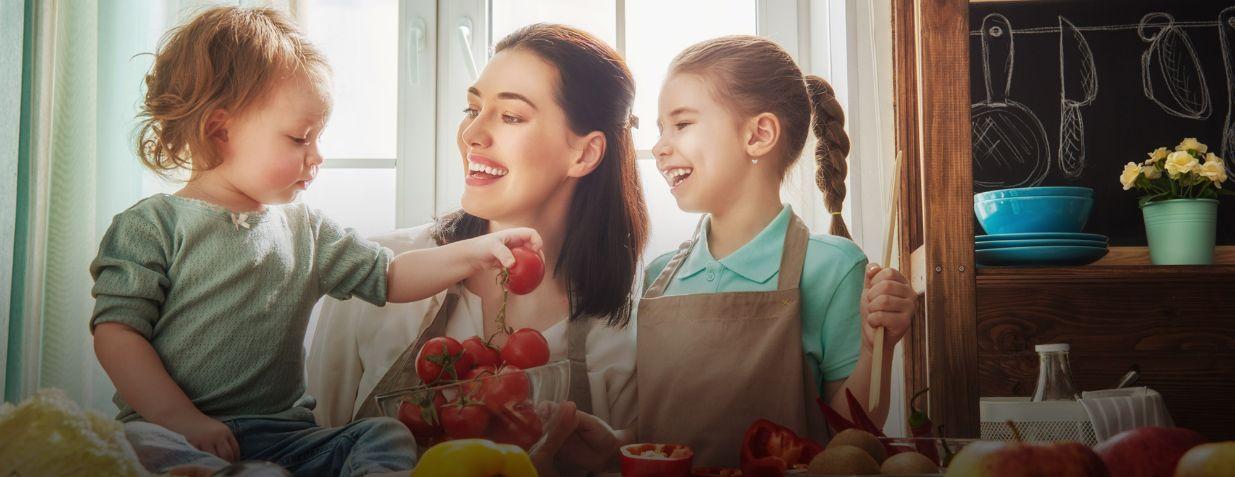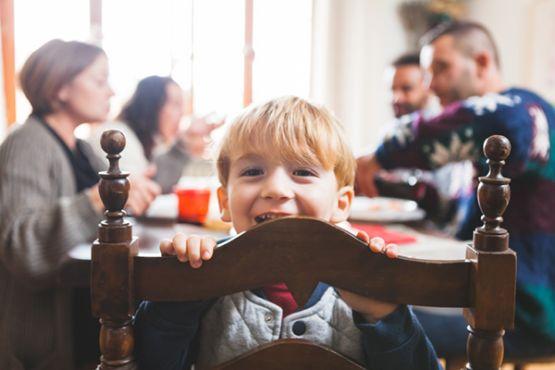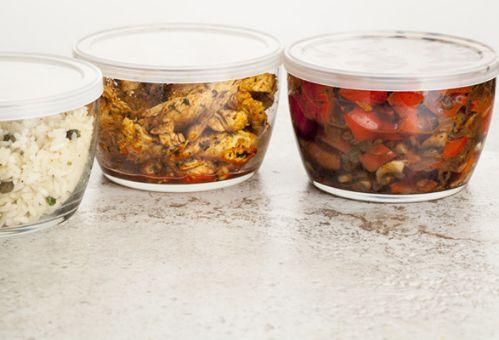There are many reasons to teach your kids to cook, from preserving their heritage to just filling in time on a rainy day. The top reason though is that it is important for their well being, now and in the future. Let them learn to appreciate fresh ingredients, show them how to prepare foods and turn them into tasty dishes and you give them the best chance to be a healthy (and capable) adult.
Have fun in the kitchen together
Not only can you turn a chore into a fun way to spend time with your children, teaching them basic cooking skills and passing down family recipes, your kids can also learn:
- New words – slice, dice, whisk, peel and grate
- Science – why does water boil? Why do cakes rise?
- Maths – measuring ingredients, weights, volumes, cooking times, fractions
- Step-by-step task and patience – waiting for the next step
- Responsibility – contributing to the family meal
- Cultures – international cuisines
Let them know the rules and expectations before they begin to cook
- Cooks of all ages (that’s us too) must always wash their hands with soap and hot water before they begin and between each task – especially when handling different ingredients.
- They must wear closed in shoes.
- Hair tied back.
- They must listen and follow instructions carefully.
- Good cooks also help with the cleaning up!

Who can do what?
Children of all ages can help in the kitchen, though there are tasks more suited to the little ones and jobs only the bigger kids should tackle. These ideas will get the kids into the kitchen and into the action. We've got lots of tips and easy to follow recipes they'll love.
Preschoolers age 2 to 4
Children in this age group should be given easy tasks and ones where they can see results quickly are best.
- Collecting all of the ingredients from the fridge or pantry.
- Washing fruits and vegetables.
- Snapping the ends off beans.
- Tearing lettuce leaves and placing in salad bowl.
- Picking herbs from stalks.
For older preschoolers 4 to 6
- Mashing soft fruit like bananas or avocado.
- Mixing ingredients together with a whisk or a spatula. Tip – use a heavy based bowl or jug, and place the jug on a clean, damp dishcloth so it doesn’t slip from under them.
- Shaping hamburgers and meatballs.
Ages 6 to 8
It’s best to start out with one or two tasks in this age group and have them repeat it the next few times they cook. They gain a sense of pride as they see an improvement in their skill.
- Marinating meat like lamb cutlets – have them combine the ingredients for the marinade, add meat and turn with tongs to ensure it is coated with marinade.
- Grating cheese – you may need to watch closely here to keep little knuckles away from grater.
- Kneading dough for pizza or bread.
- Juicing oranges or lemons for juice or for dressings.
- Breaking eggs.
- Using a hand mixer.
- Measuring dry and liquid ingredients.
- Peeling hard-boiled eggs, garlic, carrots.
Older kids in this age group – say 7 to 8 may begin to use a knife to cut ingredients. How and when you teach them this skill will depend entirely on their maturity and what you and they feel most comfortable with.
- Stand with them; never leave them to cut on their own.
- Ensure children are always wearing closed in shoes (like runners) when they cook, if an accident happens their feet will be protected.
Age 8 to 13
Children of this age are up for more detailed tasks, they love to follow easy recipes from beginning to end. Choose recipes with no more than five or six ingredients and one simple skill.
- Crumb meat like veal schnitzels – flour, egg and crumbs.
- Make meatloaf with easy store cupboard ingredients like tomato sauce and dried parsley. Make a glaze for it too (tomato sauce, soy sauce and honey).
Teenagers
Can usually prepare recipes independently, this will depend of course on how much experience they have had in the kitchen. They should be able to attempt most cooking methods – they will still need your guidance and occasional one-on-one supervision.
The following easy recipe ideas are favourites with teenagers
- The family roast is a good start– roast lamb, potatoes and gravy.
- They might like to try their hand at an easy beef stir-fry.
- Give the barbecue a go - making and barbecuing kebabs, or learning to cook a great steak and how to top it with a flavoured butter (garlic is favourite).
- Meatballs and pasta, or lasagne.
It is very important they be aware of heat and fire safety around the barbecue, oven and microwave.
Knife safety
When your children start out with knives it is important to teach them (through repetition) a few basic knife safety tips:
- Never use a knife unless an adult is present.
- Never cut towards yourself.
- Always cut ingredients on a chopping board and NEVER in your hand.
- Never run or fool around when you have a knife in your hands.
- If you drop a knife to let it drop. DO NOT try to catch it.
To get them started:
When your children start out with knives it is important to teach them (through repetition) a few basic knife safety tips:
- Start with cutting up soft fruit or veggies like mushrooms. You can help by cutting the vegetable or fruit in half and placing it cut side down on the chopping board so they have a flat side to work from.
- A small sharp knife is better to learn to cut with than a blunt knife. A blunt knife needs more force to ‘cut’ things, so in less experienced hands an accident is likely. Always cut away from your body.
- You may want to consider the range of ‘child friendly’ knives available in large department stores and kitchenware shops. They feature a serrated cutting edge with blunt tip, ergonomic handle for small hands and soft touch button grips.
Microwave safety
When your children start out with knives it is important to teach them (through repetition) a few basic knife safety tips:
- Kids need to be mindful when using the microwave particularly – remind them the plate they remove from the microwave will be hot.
- Teach them to start on the side of the dish furthest away, pull the cover on the food (often plastic wrap) up and towards themselves so the steam escapes AWAY from them. They need to be mindful that steam burns and to be careful of their fingers.
Let them to make things they love to eat
PRESCHOOLERS
Make beef taco or nachos toppings. Get the children to mash avocado and add a squeeze of lemon juice – just enough so you can dollop it. Try whisking sour cream until it’s thin enough for drizzling over the tacos or combine grated carrot and cheese to sprinkle on top of tacos.
AGE 6 TO 8
Make an easy pizza using leftover bolognaise sauce. Use grated cheese and a pre-made pizza base. If you’ve got time let them make and knead their own pizza dough.
Or put together an easy platter like this one Yummy lamb ‘grazing platter’ for kids
AGE 8 TO 13
Make beef or lamb satay or kebabs. Teach them to carefully thread thin strips or cubes of lamb or beef on wooden skewers. Marinate the skewered meat with a mixture of soy sauce, orange juice and a little honey. Cook the meat skewers on the flat plate of a barbecue together.



